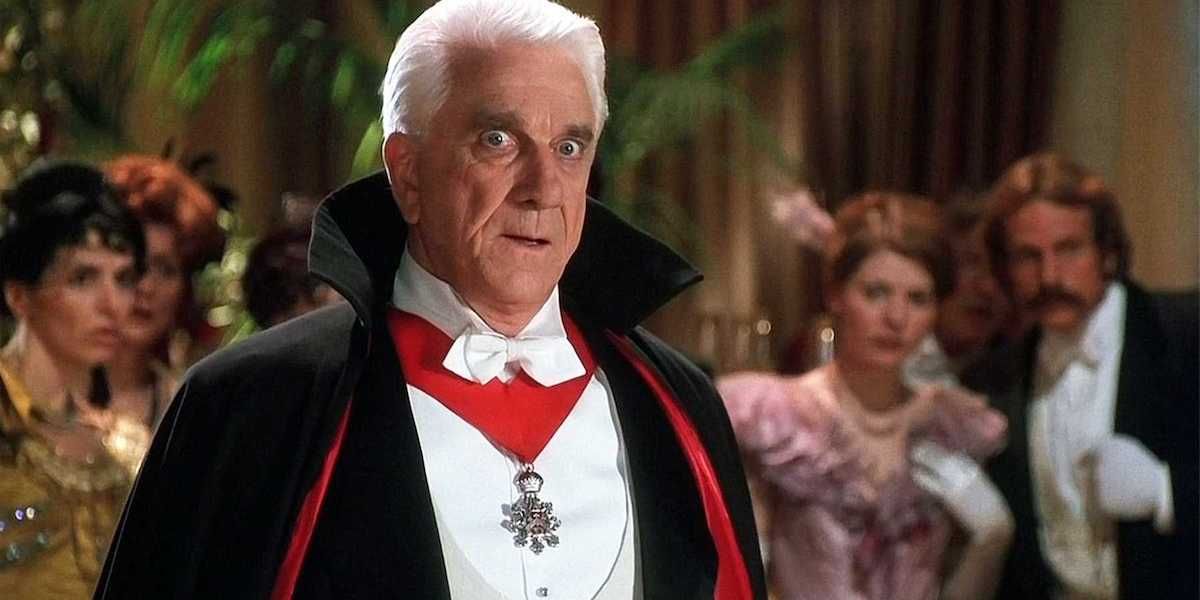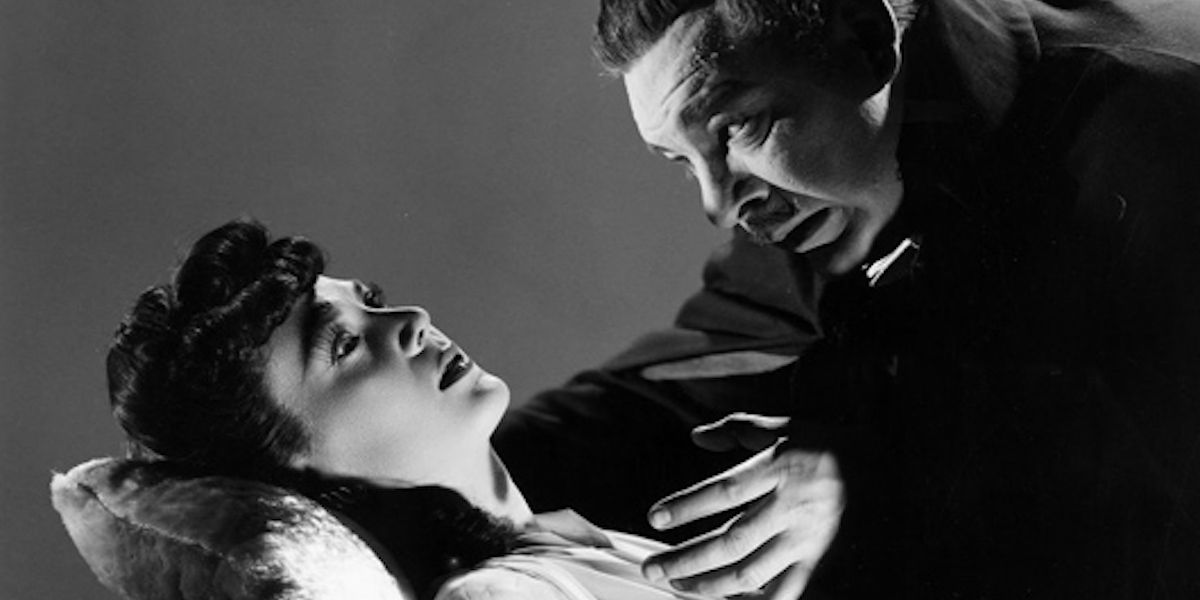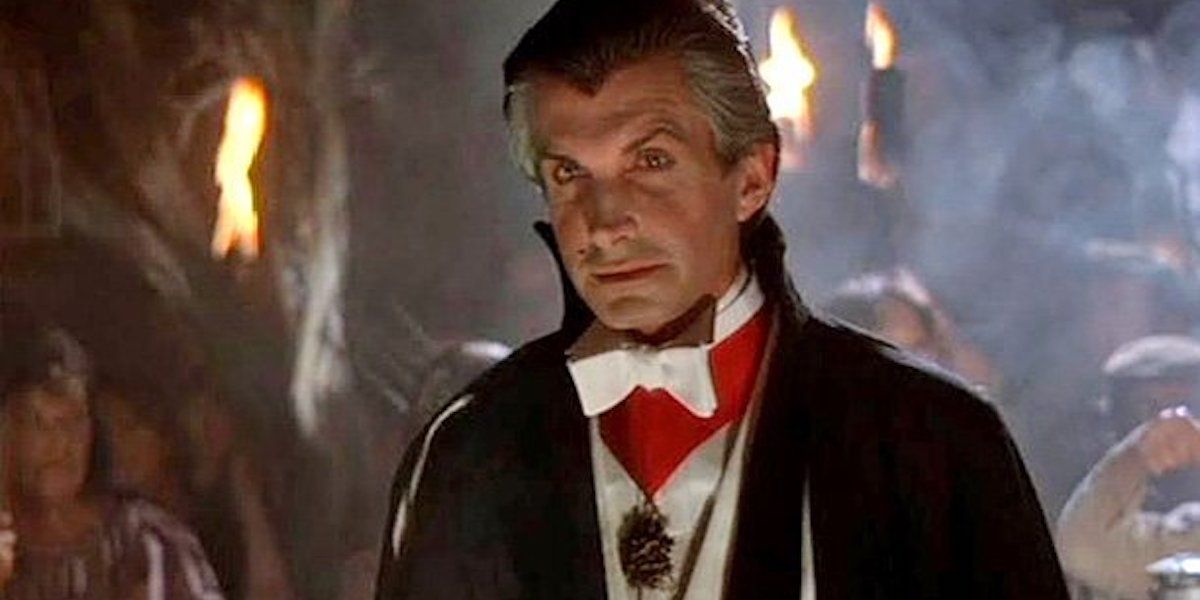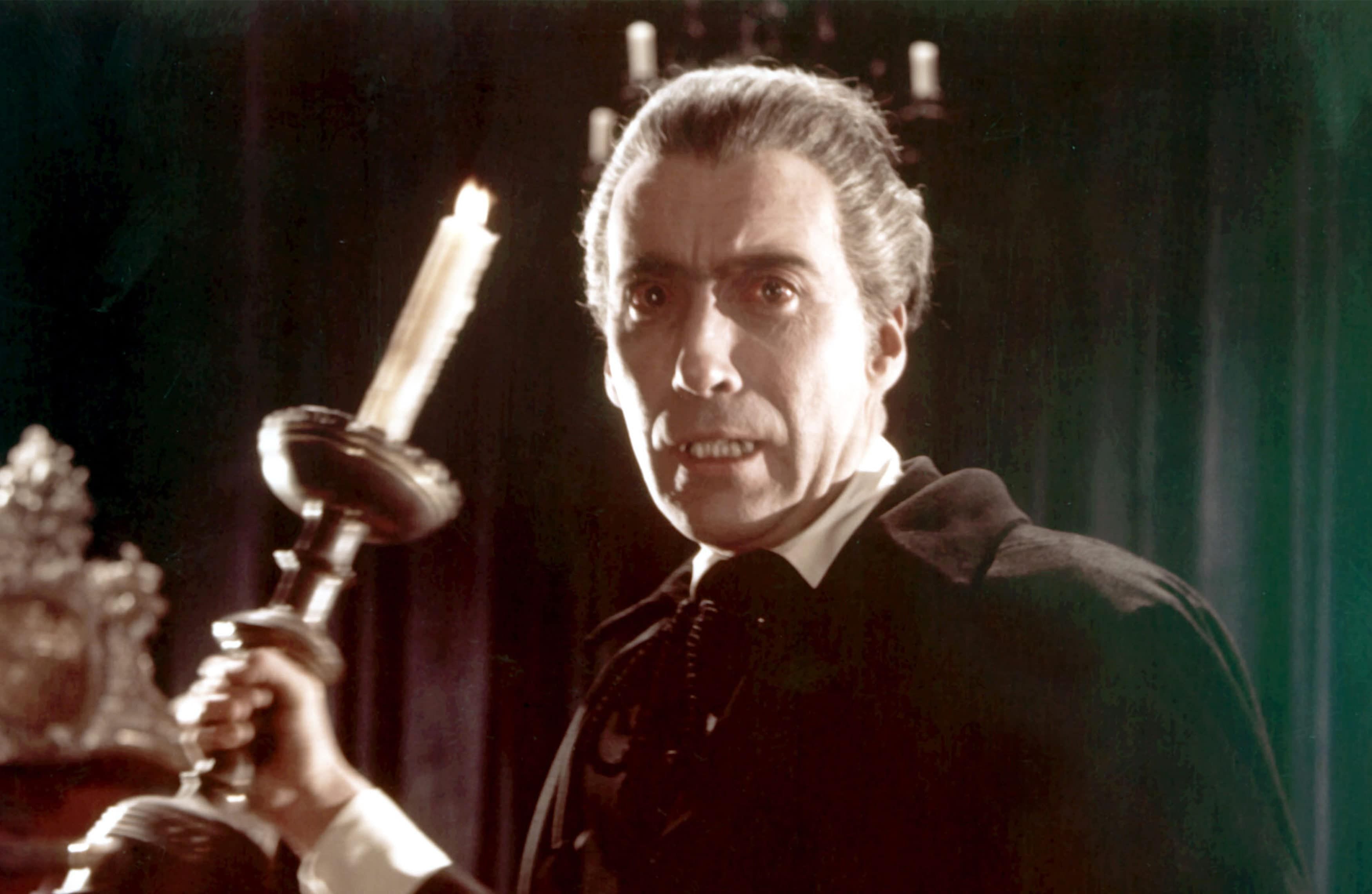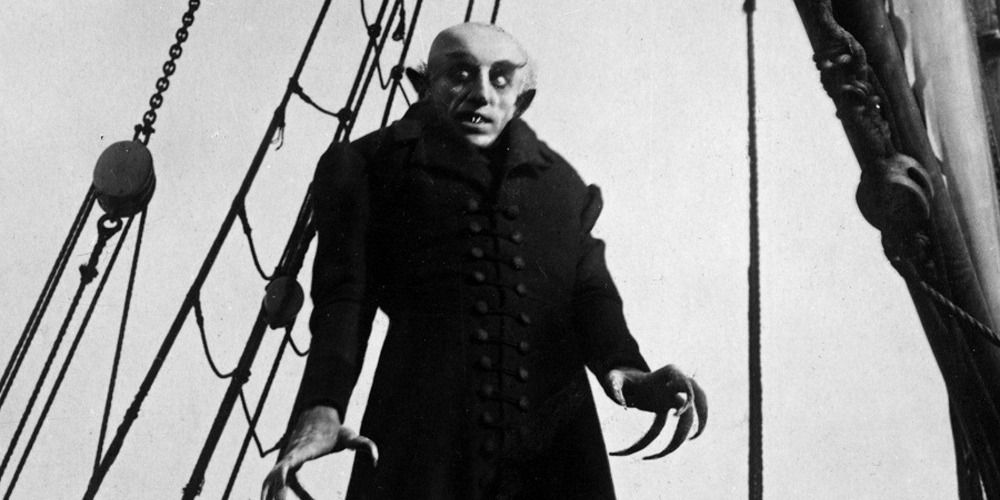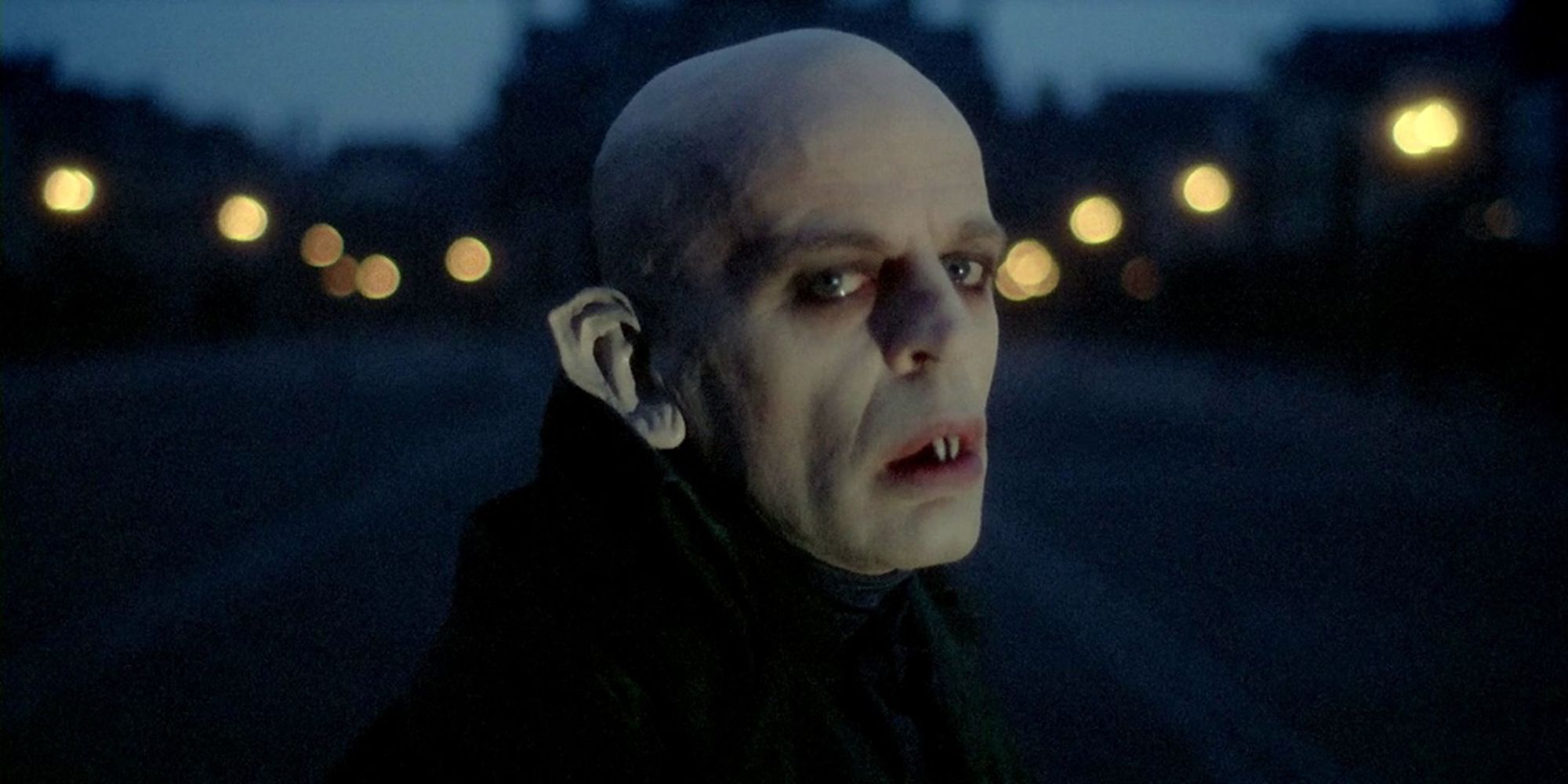
[ad_1]
In 2015, Guinness World Records named Count Dracula the most adapted literary character, with 538 productions making use of Bram Stoker’s legendary vampire in some way. Of course, Dracula has been in the public domain since 1962, making its content easy to appropriate for cameos, team-ups, and schlock. Stoker wouldn’t recognize his creation in many of these; there’s very little of his work in something like Billy the Kid vs. Dracula.
If Dracula’s name and presence have been used to prop up forgettable films, that doesn’t change the fact that he is one of horror fiction’s greatest characters, from one of its greatest books. And there have been inspired adaptations, parodies, and sequels to Stoker’s story, capturing the terror, sexuality, and adventure of the novel – though none to date has done all at once.
To rank every screen project featuring Dracula is beyond our scope here, but here are 13 theatrically released star turns for the world’s most famous vampire, good, bad, and in-between.
13. Dracula: Dead and Loving It (1995)
It’s hard to be mad at Dracula: Dead and Loving It, but it’s easy to be disappointed with it. The film could have been a wonderful follow-up to Young Frankenstein for director Mel Brooks. Dracula has just as much iconography as Frankenstein ripe for affectionate spoofing. Brooks targeted everything from Bela Lugosi’s accent to Gary Oldman’s wig and Hammer’s buxom vampire brides.
But the laughs just don’t land. Targeting every famous take on Dracula to date may have hurt the focus of the comedy. The spark that animated Young Frankenstein (no pun intended) isn’t present. Many of the jokes are low-hanging fruit, and the story sticks too close to the real thing to really cut loose. There are good bits in the film, but watching it, one wishes Brooks would come out of retirement to close his directorial career on a better note.
12. Count Dracula (1970)
Good intentions can only take an adaptation so far. The 1970 Count Dracula lives up to its promise to be the most faithful depiction of Stoker’s novel for about a half-hour. Sir Christopher Lee is dressed all in black, sports white hair and moustache, and gives disquieting recitals of some of Dracula’s finest speeches from the book.
But Lee’s is the only performance here with the passion necessary to do right by Stoker. The rest of the cast seem either untrained or on autopilot. The meagre budget is betrayed throughout. And the commitment to following the book ends after the first thirty minutes. Even if it hadn’t, Dracula is too adventurous and grand a Gothic novel to be properly captured on the cheap.
11. Son of Dracula (1943)
I’ve always preferred Dracula to Frankenstein. But I’ll readily concede that Universal gave the latter much better sequels. The Bride of Frankenstein and Son of Frankenstein are two of the best entries in the Universal horror canon. Dracula’s Daughter and Son of Dracula suffer by comparison. Neither is as quirky, ambitious, or memorable as their counterpart; whatever their budgets and production histories, the finished products come off as routine programmers.
Of the two, Son of Dracula has more to recommend it, even with such bad miscasting as the all-American Lon Chaney Jr. as Dracula (and it is Dracula himself here, despite the title). It’s got plenty of Gothic atmosphere – Southern Gothic, that is, as the film is set in the Louisiana bayou. And the real villain is the female lead Katherine (Louise Allbritton), who manipulates Dracula and her own family in a bid for immortality.
10. Dracula A.D. 1972 (1972)
Throwing Dracula into the 1970s was an obvious act of desperation by Hammer, and Dracula A.D. 1972 is no one’s idea of a masterpiece. But the juxtaposition of traditional Gothic horror and the hip scene of 70s London is so silly, I can’t help but like it. The film is dated in charming ways
One person who didn’t enjoy the fun was Christopher Lee. He’d been unhappy with Hammer’s Dracula series for years by this point. But he and Peter Cushing, paired up as Dracula and Van Helsing 14 years after their last battle in those roles, manage to capture a lot of the old magic here. Hardly anyone would be scared by this film today, but it’s great for a Halloween party. Just don’t invite anyone named Johnny Alucard (Chirstopher Neame).
9. Love at First Bite (1979)
Now here’s a Dracula spoof with some pizzazz. Perpetually tan actor George Hamilton may seem an odd choice to play any vampire, let alone Count Dracula. But he managed to grow his Lugosi impression into a full comic character: dignified, out of touch, and sexually frustrated. He can smoothly handle Van Helsing’s psychiatrist descendent, but the Romanian Communists and New York social scene are another story.
There are some easy “fish out of water” jokes here, but some clever twists on that old chestnut as well. Hamilton has a great foil in Arte Johnson’s Renfield and a fair romance with Susan Saint James. There are lulls, but this is a fine comedy. It seems a shame Hamilton’s run of spoofs only went one further with Zorro, the Gay Blade.
8. Horror of Dracula (1958)
Hammer’s inaugural entry in their Dracula series is held in high esteem among horror circles. It’s hard not to attach some greater weight to this film; it was the first time Christopher Lee played Dracula and Peter Cushing played Van Helsing. Yet I can’t say it’s ever been among my favorites. The female leads are stiff, the scale is constrained by a lean budget, and there’s hardly any lines of Stoker’s in the dialogue.
But if it isn’t Hammer’s finest, that doesn’t mean it isn’t good. Horror of Dracula looks great, has wonderful music, and its shortcomings can easily be forgiven whenever Lee and Cushing clash on screen. Lee’s Dracula isn’t quite perfected here, but Cushing’s performance seems effortless, and the physicality of both injects a lot of energy into what could have been a very idle movie.
7. Dracula (1979)
I’ve never been a fan of making vampires heroic or sympathetic. That goes double for Dracula: he’s evil and scary by design in the book, and that’s the way I like it. I’m also not a fan of inconsistently applying Stoker’s vampire lore; either stick to the rules or throw them out, but don’t change your mind mid-movie. Universal’s 1979 Dracula is guilty on both counts.
That said, this – the third adaptation to take as much from the Deane/Balderston play as from Stoker’s novel – is one of the most handsomely produced, with gorgeous sets, photography, and staging. Some of the story twists are inspired. While I don’t love every interpretation of the characters here, the takes are all well-thought-out and brilliantly performed. Though Dracula is a bit on the romantic side, the film doesn’t forget he’s evil. The mess he makes of Mina (Jan Francis) is one of the most repulsive displays of vampirism I’ve ever seen.
6. Nosferatu: A Symphony of Horror (1922)
It took me a long time to warm up to Nosferatu: A Symphony of Horror. I’m very forgiving of technological limitations on old movies, but no amount of blue tint can disguise that Count Orlock (Max Schreck) is out and about in daylight – in the film that introduced the idea of vampires dying from sunlight, no less. Gustav von Wangenheim and Greta Schröder ham things up so much that it detracts from the pathos of their story.
The more often I’ve seen it, though, the more I appreciate the lyrical morbidity of the intertitles, the unity of design set by producer/designer Albin Grau (to whom the lions’ share of credit for the movie goes), and how artfully Nosferatu adapted Stoker’s novel, even if it couldn’t escape a (justified) lawsuit for copyright. Even with some lackluster actors, the whole still comes to more than the sum of the parts.
5. Dracula: Prince of Darkness (1966)
This movie spoiled AMC Monsterfest’s vampire night for me back in the day. The bloody resurrection of Christopher Lee’s Dracula (still a chilling sequence) was too much; I had to shut the TV off. His mute but ferocious performance is still one of his best in the series, and Andrew Keir’s Father Sandor is a worthy successor to Peter Cushing as Dracula’s nemesis.
Dracula: Prince of Darkness was Hammer’s first Dracula sequel to have Lee back in the part, and it has much to recommend it over Horror of Dracula. For one thing, there may be more of the book here than in that film. More than that, the straight leads – those young lads and ladies whose lives Dracula routinely disturbs in this series – are much more compelling and likable this time around.
4. Nosferatu: Phantom Der Nacht (1979)
Werner Herzog isn’t the first name that comes to mind for horror films or remakes. So, it’s no surprise that his homage to Nosferatu is nothing like the typical cash-grab Hollywood “reimagining.” Herzog’s Phantom Der Nacht lovingly recreates as much of the original’s imagery as possible (this time at night), and it follows its basic storyline closely, but his tweaks to the details result in a very different experience, more of a meditative horror than an aggressive, Gothic one.
Helping greatly is the presence of Isabelle Adjani as Lucy. The role has more meat to it this time around, but Adjani makes the most of the material and her wide, tortured eyes. Her feelings of foreboding and loss are nearer to the heart of this remake than they were in the original – making her failure at the end the one twist of Herzog’s to ring false.
3. Dracula Has Risen from the Grave (1968)
Director Freddie Francis once said that he wanted to focus Dracula Has Risen from the Grave more on the young lovers, but Hammer took out most of the footage. Even with what’s left, Veronica Carlson and Barry Andrews made the strongest couple to fall victim to Christopher Lee’s Dracula. All the supporting cast are excellent. It’s easy to get invested in their lives and wish them a happy ending after enduring Dracula’s horror.
That doesn’t mean the count himself is given short shrift here. Indeed, his minimal presence and the charm of the rest of the cast let him have much more of an impact here than in other Hammer entries. He’s a folk villain, testing faith and family. And he’s beautifully shot through colored filters Francis lent his photographer.
2. Bram Stoker’s Dracula (1992)
Let’s get this out of the way: the title of Bram Stoker’s Dracula is a lie. While it includes every major character and follows the letter of the novel, it violates the spirit with its overwrought romance between Dracula (Gary Oldman) and Mina (Winona Ryder). Lore is adopted and discarded at random, and the dialogue dances around the ridiculous. As a narrative, this movie is a mess.
As an experience, it’s a delight. Anyone with a love of Romanticism, Symbolism, and the earliest trick films of the 19th century will find a love letter to them all here. They’ll also find one of the best scores ever written for a horror film. The film is also a showcase for the mad genius of Francis Ford Coppola. Anyone who can read Dracula and lead a team of artists to create a movie like this must be touched by brilliance.
1. Dracula (1931)
I’ve gone on at length about Tod Browning’s classic before, so I’ll be brief here. Bela Lugosi, Edward Van Sloan, and Dwight Frye provide the finest film depictions of Dracula, Van Helsing, and Renfield to date. I’ll forever think of Swan Lake as Dracula’s theme thanks to this movie. And the long stretches of almost total silence make this a unique, and unsettling, watch for modern viewers.
[ad_2]
Source link


